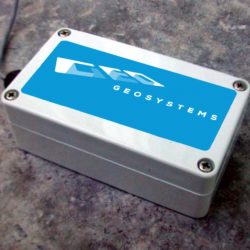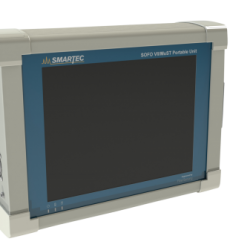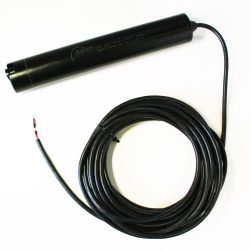Description
The borehole rod type extensometer is used to measure and locate settlement, displacement and deformation in soil and rock.
It consists of a reference head and one or more in-hole anchors each of which is placed at a known depth and connected to the reference head by either a rigid or flexible rod running inside a flexible sleeve, which keeps the rod de-bonded from the grout.
As the soil or rock deforms the distances between the in-hole anchors change, as do the distances between the individual in-hole anchors and the reference head. The magnitude, distribution, rate and acceleration of deformation can be accurately measured at the reference head.
Our extensometer range is available in a wide variety of reference heads, anchors, rods and measuring sensors.









